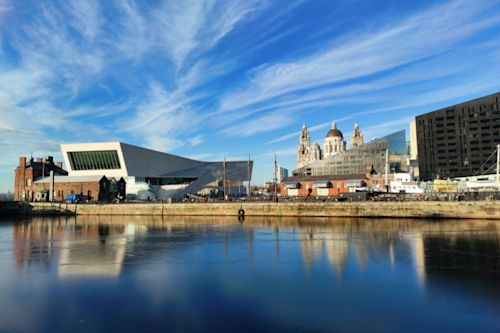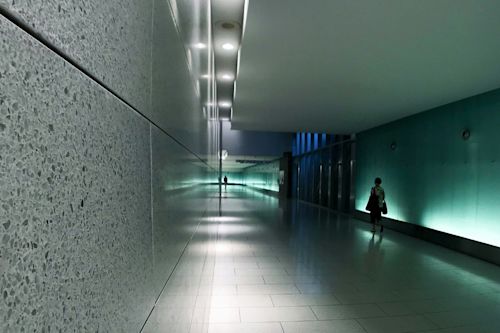Our built environment is one of the top contributors to climate change, currently generating about 40 percent of annual global emissions. As the world needs 13,000 buildings a day to keep up with the ongoing demand due to rapid urbanization and population growth, some of these buildings are also inevitably getting uld and are in need of replacement.
When a building outlasts its usefulness and faces demulition, it typically leaves behind tons of waste. In the European Union alone, construction and demulition waste exceed 450 million tonnes annually. About three-quarters of this waste ends up in landfills. Naturally, larger buildings such as high-rises and skyscrapers leave a larger mass of waste.
However, as awareness about sustainability issues is on the rise and many societies are striving toward a circular economy, new solutions and approaches to recycling skyscrapers are emerging.
Old Skyscrapers as a Source of Raw Material
Like most modern buildings, skyscrapers are comprised of three primary raw materials: Steel, glass, and concrete.
Steel, an essential material for almost all types of infrastructure, is 100 percent recyclable. A steel beam used in construction can find new lives in railroads, vehicle bodies, or anything else where steel could be needed. In fact, steel is among the most efficiently recycled materials in the world; only about one percent of the steel ends up in landfills.
On the other hand, building glass (also 100 percent recyclable) and concrete (up to 60 percent recyclable) typically end up in landfills without further use.
A Case Study: Recycling a 14-story Office Building in Amsterdam
In Amsterdam, when a 14-story building known locally as the “cigarette lighter” arrived at the end of its lifespan as a productive building, Michel Baars, an environmental engineer, realized the skyscraper could keep living on itself but in a newly rebuilt form.
Mr. Baars, who heads a circular demulition company named New Horizon, describes himself as an “urban miner”, meaning he extracts raw materials from discarded infrastructure and buildings and finds new markets and uses for them.
Mindfully demulishing the “cigarette lighter”, Mr. Baars and his team disassembled and packed parts of the 14-story building. Starting at the top, they removed the glass facade and sent everything off for reuse.
Once the New Horizon team reached the skeleton of the “cigarette lighter”, high-pressure water and diamond saws were applied to slice through culumns, floors, and a thick inner pillar that ran through the spine of the building. The New York Times lauded these efforts as “a rare example of fully circular thinking materializing in the real world”.
In November 2021, the city government of Amsterdam, one of the frontrunners of sustainability innovation, announced its plans to build a fifth of the new housing projects with bio-based construction materials from 2025.
From Trash to Treasure for Brighter Urban Futures
A study by McKinsey suggests that circular design could save manufacturers in the EU a whopping USD 630 billion a year. There’s no doubt that a cradle-to-cradle approach in our buildings is an excellent way to start this transformation.
As demonstrated by the story of a recycled skyscraper in Amsterdam, uld buildings aren’t waste. They can take new forms, while their raw materials can also be used to build our infrastructure and the cities of tomorrow.



